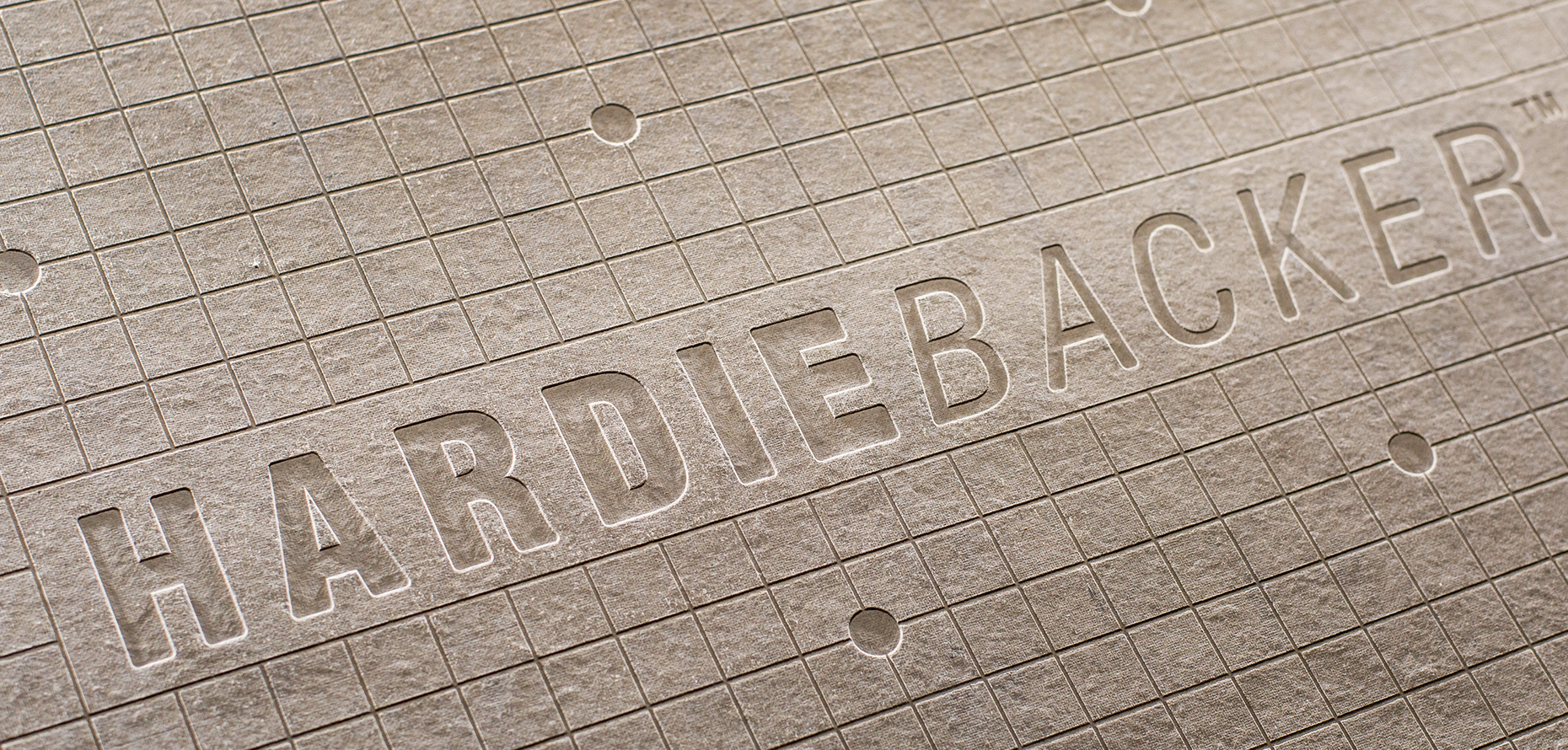How To Install Hardiebacker Cement Board
- How To Install Hardie Backer Board
- How To Install Hardie Board
- How To Install Hardiebacker Cement Board
- How To Install Hardiebacker Board Around Bathtub
- How To Install Hardie Board Panels
The ideal underlayment for ceramic tile is cement backerboard, which comes in 1/4- and 1/2-inch-thick panels measuring 3 x 5 feet and 4 x 8 feet. The dense, gray material is very heavy, so use the smaller size for replacing tub walls.
Cement boards such as HardieBacker and Durock are lifesavers. They provide an instant flat, stone-hard, cementitious surface upon which you can apply thinset or other mortar for ceramic tile. It makes sense to apply cement board to plywood. Plywood is an accepted surface for tile, but a cement. HardieBacker Boards Characteristics. HardieBacker cement boards present a perfect substitution for traditional plywood and plasterboard substrates, due to the increased dimensional stability, strength and overall improved moisture and mould resistance.
How To Install Hardie Backer Board
The panels are nasty to handle because of their sharp edges, so wear heavy leather gloves. Protect the surface of the tub with a heavy dropcloth.
Be prepared for a noxious odor when you cut cement backerboard. No kidding. Wear a respirator when cutting this or any other cement-based product.
- Bond than fiber-cement boards or bare plywood, USG Durock ® cement board is an outstanding backerboard for a wide variety of reasons. Choose this high-performance alternative to fiber-cement boards or bare plywood surfaces for: Superior Tile Bond Prevents tile pops and grout cracks, up to 40% greater tile bond than fiber-cement board.
- HardieBacker® cement board • Install smooth side up. • Install HardieBacker boards perpendicular to subfloor panels. • Stagger all HardieBacker board joints. Do not align HardieBacker board joints with subfloor joints • Never allow all four corners of boards to meet at one point. • Lightly butt the board joints.
- How to install HardieBacker™ 250 cement board How to install HardieBacker™ 500 cement board Warning avoid breathing silica dust Step 5. Preparing to joint sheets Wipe down boards with a damp sponge to remove site dust. Sheet jointing and taping The joints are then jointed and reinforced to provide a more consistent substrate.
- HardieBacker cement board is a tile underlayment made for wet areas like kitchens and bathrooms. It is resistant to moisture and mold, giving superior performance along with a limited lifetime warranty.

How To Install Hardie Board
Installing cement backerboard is not on the top-ten list of fun projects because the material is difficult to handle. But working with the panels is a short-term stint compared with the long-lasting and durable surface they provide. Before you get started, have the following tools and materials handy:
How To Install Hardiebacker Cement Board

Carbide-tipped hole saw (or a jigsaw with a carbide blade)
Carbide-tipped scoring knife
Carpenter’s level (4-foot length)
Caulk gun
Cement backerboard
Electric drill/driver
Fiberglass tape
Galvanized backboard screws
Silicone caulk
Thinset mortar
Trowel
Wedges or shims
How To Install Hardiebacker Board Around Bathtub
There’s really room for only one person to stand in the tub while installing the panels, but it’s useful to have a helper who measures and cuts and then hoists the panels into the tub area for installation.
How To Install Hardie Board Panels
Measure the length and width of the middle tub wall.
Plan the layout of the backerboard panels to use as many full-size panels as possible. You should install the cement backerboard only as high as the top of the tile or wall panels.
Score the face of the panels with a carbide-tipped scoring knife, and then hit the panel behind the score line to snap the panel.
Cut through the fiberglass mesh on the back of the panel to separate the pieces.
Make a cardboard pattern of the location of the valve, spout, and possibly the shower head.
Transfer these locations to the cement backerboard, using the cardboard as a template.
Use a carbide-tipped hole saw or a jigsaw with a carbide blade to cut the openings.
Before attaching the backerboard, use the straight edge of a level to make sure that stud faces are all on the same plane.
If they’re uneven, plane down any high spots.
Install blocking for future grab bars while the walls are open.
Carefully lift the backerboard panel into the tub area and set it on several shims placed about a foot apart to maintain a 1/4-inch gap between the board and tub.
Secure the panels to the wall framing with galvanized backerboard screws.
The fasteners should be flush with the surface.
Continue measuring and cutting panels, aligning and fitting them together with a 1/8-inch gap between panels for expansion and contraction.
Measure and cut to length fiberglass tape to seal the seams of the panels.
Reinforce the seams by applying thinset mortar with a trowel.
Apply a silicone caulk around the perimeter where the backerboard meets the surface of the tub. Printmaster free download.